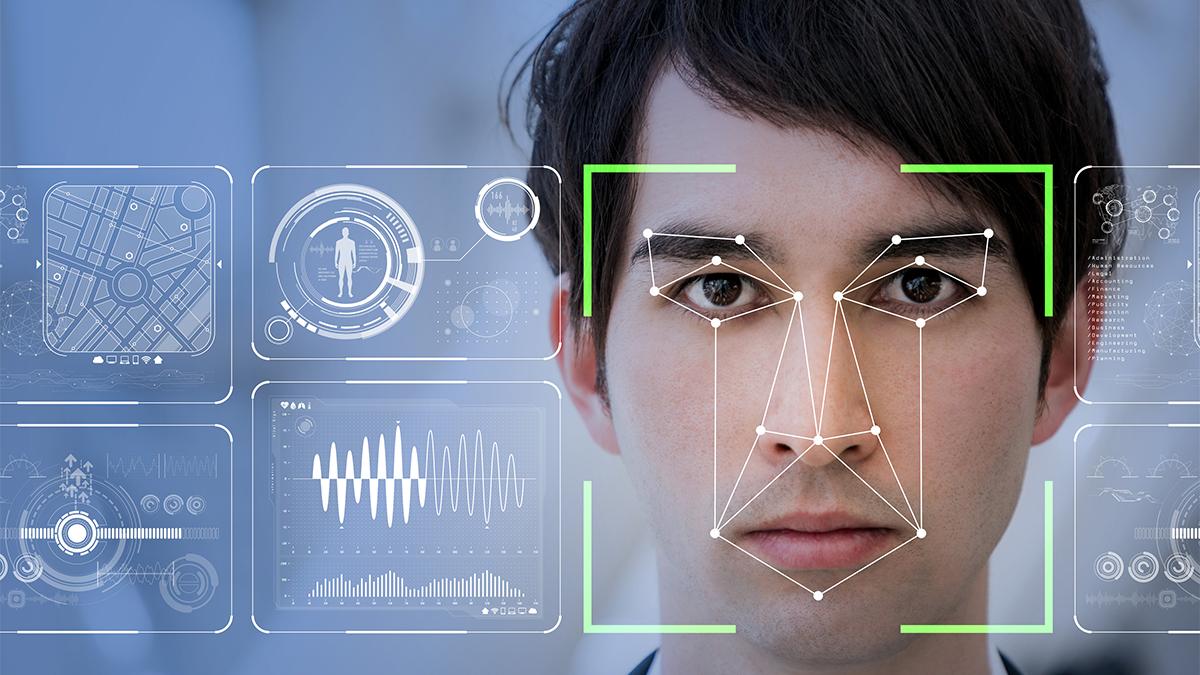
When you think of Artificial Intelligence (AI), images of the sentient computer HAL 9000 from the science-fiction film 2001: A Space Odyssey may come to mind. Though present technology is far from that advanced stage, AI is definitely changing the way we engage with a number of key industries, and has even helped several new industries to emerge.
The value most users draw from AI-powered apps is convenience. AI provides this by smartly anticipating your needs in a personalized manner using predictive analytics. It does so by leveraging pattern recognition using a practice called machine learning. This technique involves the use of algorithms to analyze your data over time, including pictures, words, and phrases to make predictions.
If you are interested in new AI trends then you should familiarize yourself with deep learning. It is an advanced subset of machine learning that learns from vast sums of data using artificial neural networks, a multilayered set of algorithms modelled after the neural network in the human brain. Because their performance is dependent on data, neural networks develop further the more they learn.
Deep learning has helped AI improve your life in more ways than you think. For one, it has enabled virtual assistants to understand a countless combination of voices, accents, and languages. This includes Google Assistant, Siri, Cortana and Alexa.
In 2017, eMarketer predicted that 60.5 million people would use virtual assistants in America alone. Meanwhile, Tractica expects virtual assistant users to increase to 1.8 billion by 2021 across the world.
Another example of AI made more accurate by deep learning is facial recognition software. The technology uses multiple cues like facial textures and shape as well as digital images to recognize and verify people. Popularized by social media variants, such as Facebook’s DeepFace, the uses of facial recognition software have gone beyond tagging friends on digital photos.
As of now, both Apple and Android offer biometric authentication through facial recognition. Moreover, governments of multiple countries use face recognition systems to enforce border security.
Plenty of smaller businesses, such as those offering membership services, have been jumping on the facial recognition boat, while in the banking industry, facial recognition software is making big inroads to help improve security for users.
For example, HSBC is using biometric technology for Touch ID fingerprint login, voice recognition, and state-of-the-art facial recognition software called Selfie ID to log in. Read more here to learn about how AI is revamping the banking industry through biometrics and other tools — and to learn how you can find the right developer to help realize your security app.
If you are a fan of this form of AI, then you’ll be pleased to note that its adoption is growing rapidly. In China a startup called Face++ — currently valued at $3.5 million — allows users to pay through facial recognition. Its software zeroes in on 83 points on the face, making for unparalleled accuracy.
If you have the next big idea for any app that harnesses the power of AI, you’ll need to find a mobile app developer who understands the market and what makes for the best user experience.
Where you position yourself in this new wave of AI tech is entirely up to you. But if you have a killer app idea, you need to understand the tech inside and out!
Author: Spyrestudios Blogger